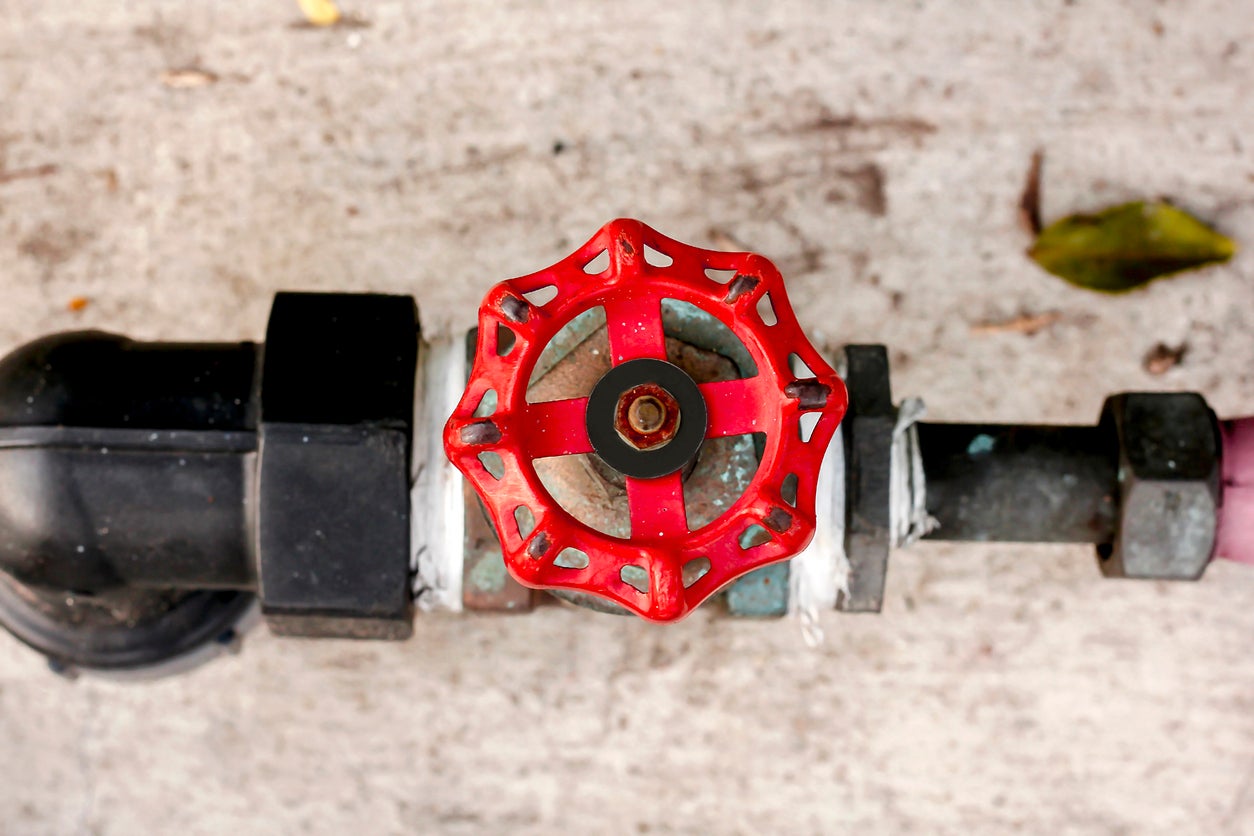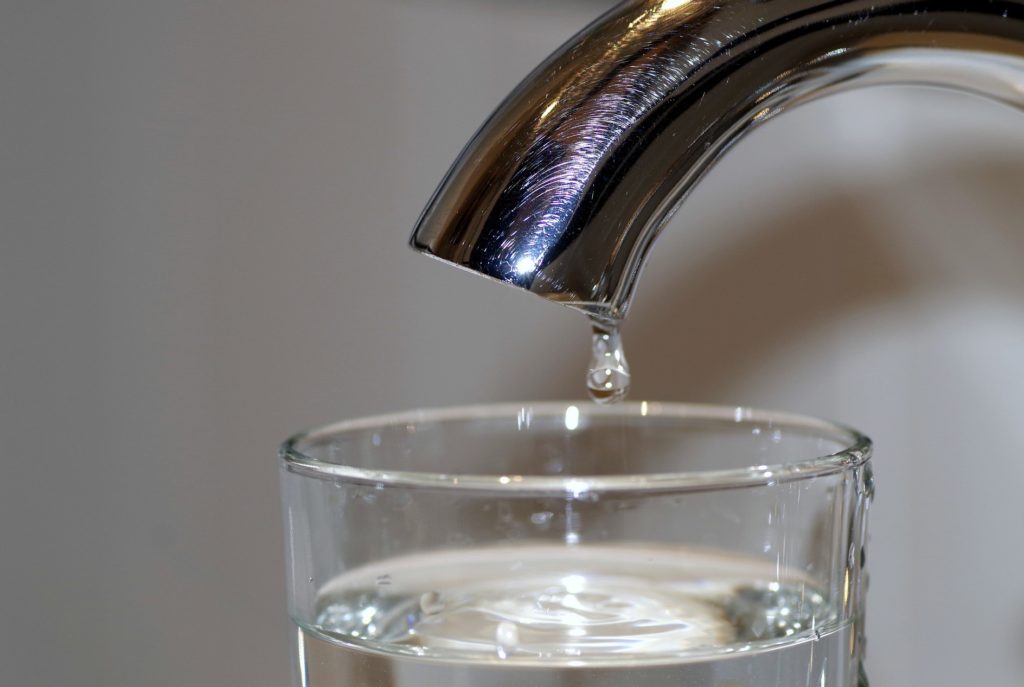We have encountered this post about 4 Ways to Troubleshoot Low Water Pressure listed below on the net and concluded it made perfect sense to discuss it with you over here.

Low tide pressure in your house can be a frustrating problem, impacting everything from showering to cleaning recipes. If you're experiencing weak water flow, there are a number of possible reasons and solutions to check out. In this guide, we'll review usual reasons for low tide pressure and sensible steps to address the issue effectively.
Intro to Low Water Stress
Low water pressure takes place when the circulation of water from your faucets, showers, and various other components is weaker than normal. This can make everyday jobs extra challenging and much less effective. Comprehending the causes of low water pressure is essential to locating the best service.
Usual Root Causes Of Low Tide Stress
Faulty Stress Regulatory Authorities
Pressure regulatory authorities are accountable for keeping regular water pressure in your house. If they malfunction, it can cause low tide pressure or irregular flow throughout your home.
Metropolitan Water System Issues
Sometimes, the trouble lies outside your home. Municipal water concerns, such as main line leaks or upkeep work, can briefly reduce water stress in your location.
Pipeline Obstructions
Gradually, pipelines can end up being clogged with mineral deposits, debris, or debris, limiting the flow of water. This is a typical problem in older homes with galvanized steel pipelines.
Rust
Deterioration within pipelines can result in leaks and minimized water stress. Rust buildup can restrict water circulation, specifically in maturing plumbing systems.
Exactly How to Detect Low Tide Stress
Checking Pipelines
Check visible pipelines for indications of leakages, deterioration, or obstructions. Take notice of any type of uncommon noises, such as knocking or rattling pipelines, which might indicate concerns within the plumbing system.
Consulting with a Plumber
If you're incapable to determine the source of low tide pressure, consider working with a professional plumber to conduct a comprehensive assessment. They can determine underlying issues and advise appropriate remedies.
Inspecting Taps and Fixtures
Start by testing the water pressure at different faucets and components throughout your home. If the concern is isolated to particular locations, it may suggest local issues.
Do It Yourself Solutions to Deal With Low Tide Pressure
Flushing Hot Water Heater
Debris buildup in the hot water heater can limit circulation and reduce efficiency. Flushing the container occasionally aids eliminate debris and preserve optimum performance.
Examining Stress Regulatory Authority
Make sure that the stress regulatory authority is operating appropriately. Adjusting or changing the regulatory authority can aid bring back appropriate water pressure throughout your home.
Cleansing Aerators and Showerheads
Mineral deposits can accumulate in aerators and showerheads, reducing water flow. Remove and clean these elements routinely to improve water stress.
Cleaning Clogs in Pipes
For small obstructions, attempt making use of a plumbing serpent or chemical drain cleaner to clear obstructions in pipes. Beware when making use of chemicals and follow safety guidelines.
When to Call an Expert Plumber
If do it yourself efforts fall short to resolve the issue or if you think considerable plumbing issues, it's ideal to seek help from an accredited plumber. They have the experience and tools to attend to intricate concerns safely and effectively.
Safety Nets to Preserve Water Stress
Mounting a Pressure Booster
Think about setting up a pressure booster pump to boost water stress in areas with consistently reduced flow. This can be especially beneficial for multi-story homes or homes with high-demand components.
Tracking Water Use
Be mindful of water use behaviors and avoid ill-using the plumbing system. Simple changes, such as astonishing showers and washing lots, can aid preserve ample water pressure.
Routine Upkeep
Set up regular upkeep for your plumbing system to prevent concerns such as deterioration, leakages, and obstructions. Dealing with minor troubles early can assist prevent even more considerable fixings in the future.
Final thought
Handling low water stress can be aggravating, but recognizing the underlying causes and carrying out ideal remedies can bring back ideal flow throughout your home. Whether it's cleaning up aerators, inspecting pipes, or seeking advice from a plumber, taking positive steps can guarantee a stable supply of water for your everyday requirements.
9 Solutions to Low Water Pressure
If you have ever struggled to rinse the shampoo out of your hair, washed your hands under a trickle of water, or been forced to wait for your washing machine to complete a cycle, then you have experienced the nuisance of low water pressure. Low water pressure can turn a simple task into a hassle, but once you identify the cause, either the necessary plumbing fix or a water booster pump can drastically improve your water pressure. In this article, you can learn about nine common causes of low water pressure and how to resolve low water pressure in your home.
How do you know if you have low water pressure?
Testing your home’s water with a pressure gauge is the easiest way to find out if you have low water pressure. Pressure gauges are simple and inexpensive, and once installed, will allow you to check your water pressure with a quick glance.
If your water is from a municipal water supply, select an outdoor faucet near where the main water line enters your home. If your water is from a well, select a faucet that is close to the well’s pressure tank. Attach the pressure gauge to the faucet and tighten it. To get an accurate reading, make sure water isn’t being used anywhere else inside or outside the house, and then fully turn the faucet on. Once the faucet is on, you can read the water pressure on the gauge’s dial. Typical home water pressure should be between 40 and 50 psi, so if the dial reads less than 40 psi, you have low water pressure.
Do water booster pumps increase water pressure?
A water booster pump is a centrifugal pump that improves low water pressure and increases water flow. Much like how a fan’s blades create a gust of air, a water booster pump’s rotating impeller draws water in and then pushes it out with increased force. This force raises the water pressure in a system. A water booster pump is installed where the main water line enters your home, so water pressure is improved in every tap and appliance.
What causes low water pressure?
1. Hard water
If you have hard water, scale can accumulate in your pipes, restrict the water flow, and reduce your water pressure. Hard water has a high mineral content, specifically calcium and magnesium, and scale is formed when these mineral salts dissolve.
The solution: When scale buildup is severe enough to restrict water flow and reduce water pressure, the best solution is to replace your pipes. Products like CLR Calcium, Lime, and Rust remover can diminish scale, but as the scale comes off it may clog your pipes, creating another costly plumbing problem. Not to mention, it is never a good idea to put harsh chemicals in the pipes that supply your drinking water. To prevent scale in the future, we recommend installing a water softener.
The main water shut off valve is not open.
If your water pressure has suddenly decreased and you recently had a repair done, make sure the main water shut off valve is fully open. Most plumbing repairs require the water to be shut off, but if the valve is not completely opened afterward, your water pressure will be restricted.
The solution: Locate your main shut off valve, which is installed where the main water line enters your home, and fully open it by turning it counterclockwise.
A municipal water problem
Low water pressure may not have to do with your own plumbing system. Just like your home’s water supply, the municipal water supply is subject to problems that can cause low water pressure, such as leaks and corrosion.
The solution: Call the municipal water supply to report your low water pressure. Your input may alert them to the problem and will ensure your water pressure is restored as quickly as possible.
Faulty pressure regulator
A pressure regulator is a valve that reduces incoming water pressure as water flows into your home from the main service line. High water pressure can damage pipes and plumbing fixtures, so a pressure regulator is installed to protect your home plumbing system. Most are set to 50 pounds per square inch (psi), but if yours is set lower, your water pressure will feel low. If your pressure regulator is set to 50 psi but your pressure still feels low, it may be broken or clogged.
The solution: Adjust your pressure regulator’s setting to 50 psi if it is currently set lower. If your pressure regulator is faulty, ask a plumber to replace it.
A leak
A leak can reduce water flow and water pressure. To determine if you have a leak, turn all the faucets off inside and outside of your home. About an hour later, check your water meter. If it indicates you are using water, you have a leak.
The solution: Enlist the help of a licensed plumber to locate and repair the leak. Once the repairs are complete, your water pressure should return to normal.
https://www.freshwatersystems.com/blogs/blog/what-causes-low-water-pressure-and-how-to-improve-it

As a serious reader on 4 Ways to Troubleshoot Low Water Pressure, I thought sharing that piece was worth the trouble. Loved our piece? Please share it. Let others discover it. Thank you for going through it.
Call Today
Comments on “Effortless Processes to Improve Low Water Pressure in Your Home”